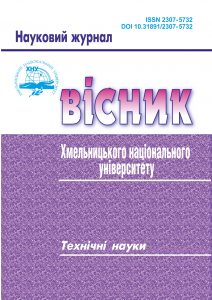METHOD OF DETECTING MULTI-ROTOR UAVS USING ARTIFICIAL INTELLIGENCE
DOI:
https://doi.org/10.31891/2307-5732-2023-329-6-84-91Keywords:
UAV, object detection, YOLOv8, deep learningAbstract
The escalating deployment of Unmanned Aerial Vehicles (UAVs) in various commercial and technical sectors has highlighted the need for robust UAV surveillance, particularly for public safety considerations. In response to this demand, there has been rapid advancement in methods for identifying UAVs. Despite the progress, the diminutive nature of drones, the intricate environments of aerial space, and fluctuating lighting conditions continue to present considerable challenges in this field of study. Addressing these issues, our study introduces an innovative detection approach for small UAVs, utilizing an enhanced version of YOLOv8.
Our strategy involves integrating a high-definition detection module to augment the accuracy of spotting diminutive aerial objects. Concurrently, we streamline the architecture by removing components less critical for larger objects, thereby diminishing the computational load and boosting UAV detection speed. Additionally, the use of the Swin Transformer enables better detection of objects of varying scales and reduces computational complexity. The implementation of the GAM attention module into the network architecture significantly enhances feature assimilation, leading to a noticeable increase in UAV detection efficiency.
Compared to the original baseline model, our proposed method shows substantial improvements, increasing P (precision), R (recall), and mAP (mean average precision) by 9%, 10.2%, and 6% respectively. Furthermore, it significantly optimizes the model and its size by 32,5% and 32,4%. The proposed method, in comparative experiments and experiments with specific datasets, has shown great potential for practical implementation in UAV detection systems, suggesting its feasibility for real-world application.

